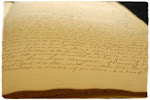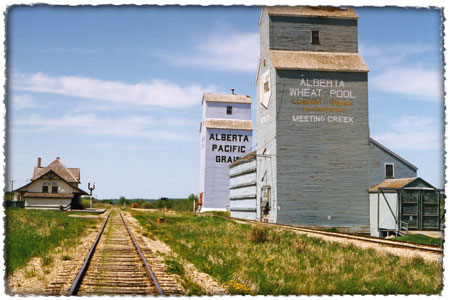Remington couldn’t have been more wrong...
According to Glenbow Museum’s permanent Gallery on the Niitsitapiisini or Blackfoot people, they are an independent spiritual people and have been for thousands of years, until the Europeans came and began encroaching upon their culture.
The Blackfoot were a resourceful people who lived together off of the land stretching from “Elk River, now called the North Saskatchewan River, south to Yellowstone River. We lived along the eastern slopes of the Rocky Mountains and eastward beyond the Great Sand Hills in what is now called
 Saskatchewan. It is an immense land with some of the richest natural resources in the world”. The gathered herbs, plants and berries for survival and hunted as well. They were respectful of the land and its resources and were careful not to deplete it always moving…but with purpose.
Saskatchewan. It is an immense land with some of the richest natural resources in the world”. The gathered herbs, plants and berries for survival and hunted as well. They were respectful of the land and its resources and were careful not to deplete it always moving…but with purpose.Blackfoot’s Beliefs:
“In order to understand us you need to understand the world around us."
Ihtsipaitapiyopa is the name we give to the Essence of All Life. This is Creator, the Source of All Life. Ihtsipaitapiyopa made all living things equal. Human beings were not given the right to rule over or exploit the rest of nature. We recognize plants, animals, and rocks as other living beings who are different from us but also our equals.Each plant or animal has unique gifts and abilities that they share with humans. Some plants can cure our diseases, others give us important nutrients. Buffalo are strong animals
 that once provided much of what we needed for survival. Birds are swift flyers who helped warriors to be stealthy and quick.These animals visited us in human form and taught us how to call on them for their special gifts. This is how we became so closely connected to the beings with whom we share the earth.
that once provided much of what we needed for survival. Birds are swift flyers who helped warriors to be stealthy and quick.These animals visited us in human form and taught us how to call on them for their special gifts. This is how we became so closely connected to the beings with whom we share the earth.We use the word Niitsitapi to refer to ourselves and all other First Nations people. This means “Real People.”
Iinii (buffalo) are strong, fearless animals who knew how to survive on the plains.
Makoyi (the wolves) taught us that animals with hooves and horns would provide us with food. Elk also gave us their hides to made clothing.
Aimmoniisi (otter), Ksisststaki (beavers) and other water beings have special powers they sometimes share with human beings.
Naato'si (the Sun) gives us our life on earth. He is a very important Above Person.
Ksiistsikomm (Thunder) is one of the most powerful beings. He also brings us the summer rains that we need for good grazing.”
Traditional Stories of the Blackfoot—the real legends of the Canadian Frontier
Has Glenbow Museum given a fair representation of Western Legends?
Yes, I believe they have done justice to the art and lives of both Russell and Remington. Their work has been untouched, and their artistic objectives have not been compromised by reality.
On the other hand, a more accurate depiction of the Blackfoot people has been given as well. There is a permanent exhibit at the museum dedicated to the real lives of the Blackfoot people. It is a great resource for teachers, students, and those interested in part of Canada’s past.
I believe that Glenbow Museum has taken appropriate measures since the 1988 Olympics to embrace bi-culturalism, at least where the Niitsitapiisini people are concerned.





















No comments:
Post a Comment